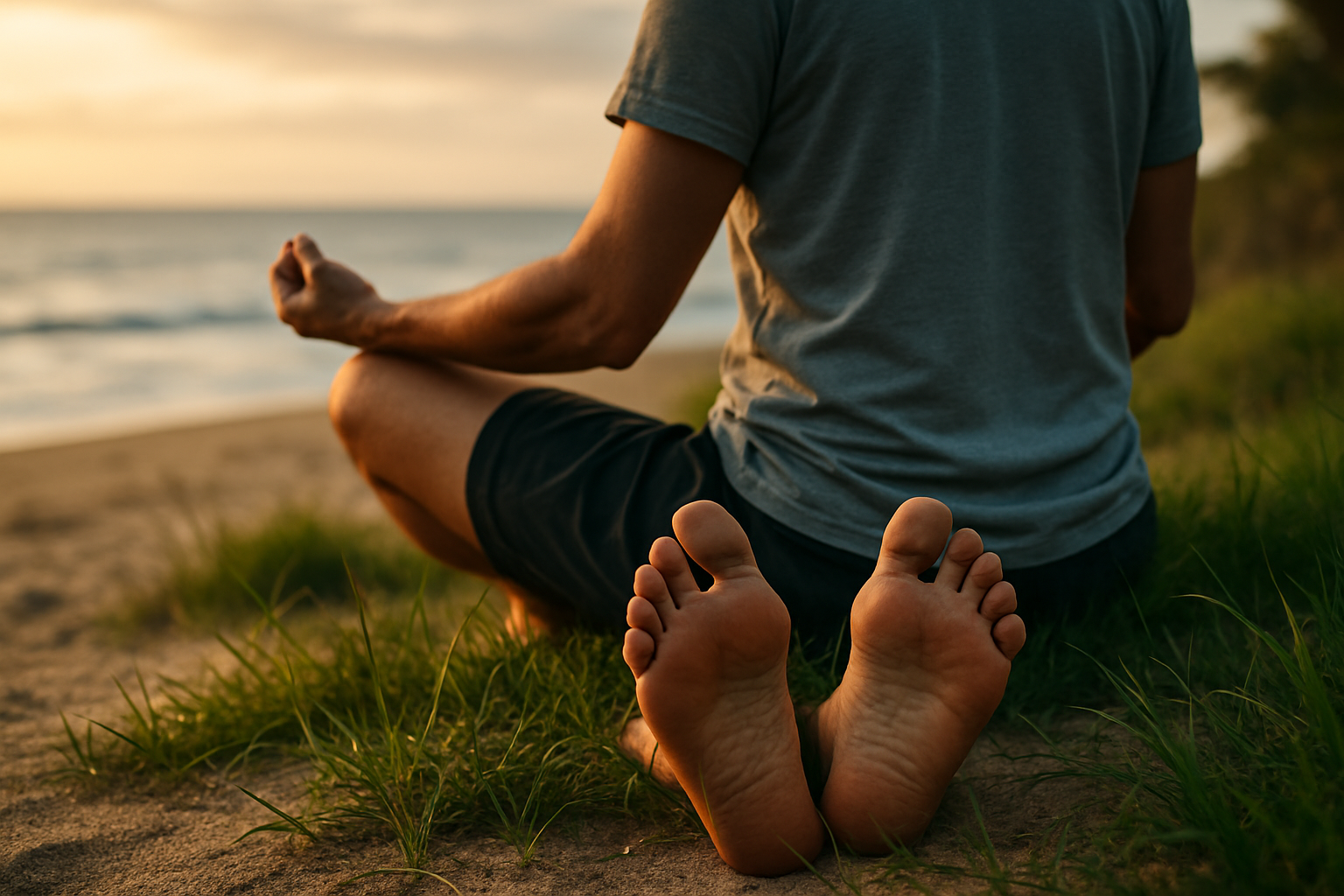Unraveling the Health Benefits of Grounding: A Comprehensive Guide
Have you ever felt a sense of calm and tranquility after walking barefoot on the beach or in the grass? This phenomenon, known as grounding or earthing, is more than just a feel-good experience. It's a wellness practice that's gaining traction in the health community. This article delves into the science behind grounding, its potential health benefits, and how you can incorporate it into your daily routine.

The Science of Grounding: A Historical Overview
Grounding, also known as earthing, is a practice that involves direct skin contact with the surface of the Earth. The concept is rooted in the understanding that the Earth emits a natural, gentle electric charge. When our bodies make direct contact with the Earth, we absorb this charge, which can have a range of health benefits.
The practice of grounding has been part of human life for centuries, with indigenous cultures around the world recognizing the healing power of the Earth. However, it wasn’t until the late 20th century that scientists began to investigate the potential health benefits of grounding.
Grounding and Modern Health Trends
In recent years, grounding has gained attention in the wellness community, with research suggesting it may offer a range of health benefits. These include reduced inflammation, improved sleep, decreased stress, and enhanced overall well-being.
One of the key theories behind grounding is its potential to neutralize free radicals in our bodies. Free radicals are unstable molecules that can cause damage to cells, contributing to aging and diseases. The Earth’s surface has a negative charge, and it’s believed that when we make direct contact with it, we absorb negative electrons that can neutralize these harmful free radicals.
Grounding: Benefits, Challenges, and Scientific Credibility
Grounding is a simple and accessible practice that anyone can incorporate into their daily routine. It requires no special equipment or training – all you need is direct skin contact with the Earth. This could be walking barefoot in the grass, sitting on the beach, or even gardening with your hands.
Research into grounding is still in its early stages, but several studies suggest it may have real health benefits. For example, a 2012 review published in the Journal of Environmental and Public Health found that grounding could improve sleep, reduce pain, and decrease stress and anxiety.
However, more research is needed to fully understand the mechanisms behind grounding and its long-term effects. Some critics argue that the benefits of grounding could be due to the placebo effect or other factors, such as the relaxing nature of spending time outdoors.
Practical Grounding Tips
-
Start with short grounding sessions: Begin with 10-15 minutes of grounding each day, gradually increasing your time.
-
Choose natural surfaces: Grass, sand, and soil are ideal for grounding. Avoid synthetic materials like concrete and asphalt.
-
Ground at different times of the day: Try grounding in the morning to start your day with calmness, or in the evening to help prepare your body for sleep.
-
Make grounding a mindful practice: Use this time to connect with nature, practice deep breathing, or meditate.
Wrapping Up
Grounding is a simple, natural, and potentially beneficial practice that can be easily incorporated into your daily routine. While more research is needed to fully understand its health benefits, current studies suggest it may help reduce inflammation, improve sleep, and enhance overall well-being. So, why not kick off your shoes and give grounding a try? After all, reconnecting with the Earth could be a step towards better health.





